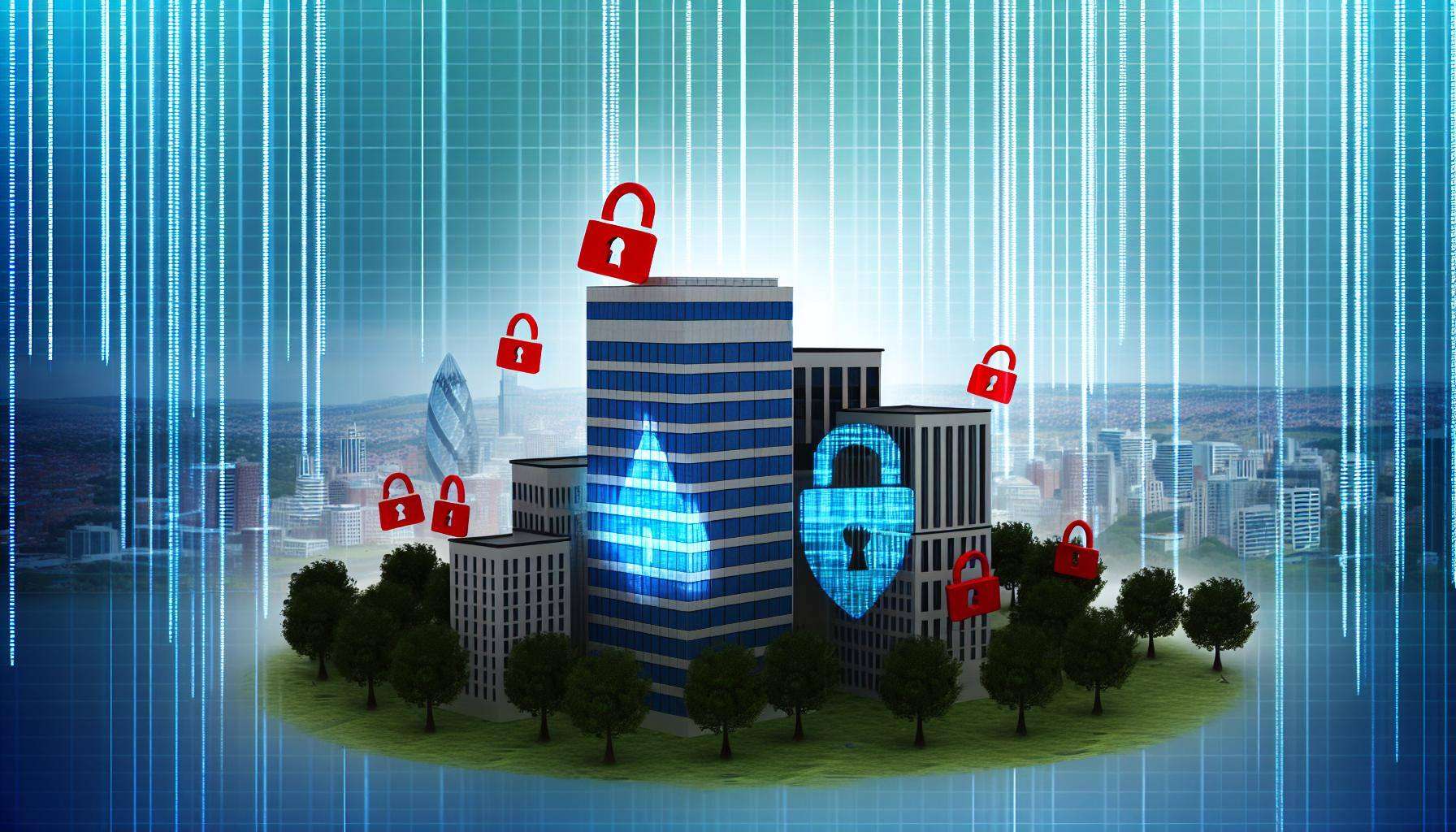Introduction
This week we had our annual Sales Kick Off here at Cyber Advisors. One of the terms we used repeatedly was "Cyber Resilience." The terms 'cybersecurity' and 'cyber resilience' are often used interchangeably. However, they embody different, albeit complementary, approaches to protecting your organization's digital assets. At Cyber Advisors, we believe in not just guarding against cyber threats but also in ensuring your business's ability to withstand and quickly recover from such incidents. This blog aims to demystify these concepts and illustrate why, in today's cyber landscape, resilience is just as crucial as security.
Cybersecurity: The First Line of Defense
Cybersecurity is the practice of protecting systems, networks, and programs from digital attacks. These cyber attacks are usually aimed at accessing, changing, or destroying sensitive information; extorting money from users; or interrupting normal business processes.
Key Components of Cybersecurity:
- Network Security: Protects network traffic by controlling incoming and outgoing connections to prevent threats from entering or spreading on the network.
- Application Security: Focuses on keeping software and devices free of threats. A compromised application could provide access to the data its designed to protect.
- Information Security: Protects the integrity and privacy of data, both in storage and in transit.
- Operational Security: Includes the processes and decisions for handling and protecting data assets.
- Disaster Recovery and Business Continuity: Defines how an organization responds to a cyber-security incident or any other event that causes the loss of operations or data.
- End-User Education: Addresses the most unpredictable cyber-security factor: people.
The Shift to Cyber Resilience: Acknowledging the Inevitable
While cybersecurity focuses on prevention, cyber resilience is about ensuring continuity and recovery in the face of incidents. The harsh reality in today's digital age is that cyber breaches are not a matter of "if" but "when." Cyber resilience acknowledges that, despite the best security measures, breaches can and will occur.
Key Aspects of Cyber Resilience:
- Preparation and Planning: Developing a robust plan to deal with cyber attacks and other disruptions.
- Adaptive Defense Mechanisms: Implementing advanced security measures that adapt to evolving threats.
- Rapid Response and Recovery: The ability to quickly respond to and recover from a cyber incident.
- Continuous Learning: Learning from past incidents and adapting strategies accordingly.
Why Cyber Resilience is Essential
Adapting to the Inevitable Breach: In the current digital landscape, attackers are constantly evolving their tactics. It's no longer sufficient to solely focus on preventing breaches; organizations must be prepared to deal with them effectively when they occur.
Minimizing Business Impact: Cyber resilience aims to minimize the impact of a breach on business operations. This includes ensuring the continuity of critical services and the integrity of data systems.
Building Trust: Customers trust businesses that can protect their data and recover swiftly from cyber incidents. Demonstrating cyber resilience can significantly enhance customer trust and business reputation.
Cyber Advisors Approach to Cyber Resilience
At Cyber Advisors, our approach to cyber resilience involves a blend of robust cybersecurity measures and advanced resilience strategies. We focus not just on defending against threats but also on ensuring that your business can bounce back swiftly and efficiently.
Our Cyber Resilience Services:
- Managed IT and Security: We provide comprehensive IT and security management services, ensuring that your systems are always up to date and secure.
- vCISO Services: Our virtual Chief Information Security Officers offer expert guidance in developing and implementing your cybersecurity and resilience strategies.
- Advanced Threat Detection: Utilizing cutting-edge technology to detect and respond to threats rapidly.
- Incident Response and Remediation: Our team is equipped to respond immediately to security incidents, minimizing their impact and restoring normal operations as quickly as possible.
- Regular Training and Awareness Programs: Educating your staff to recognize and respond to cyber threats effectively.
Cybersecurity and Cyber Resilience: A Unified Strategy
To truly protect your organization in the digital age, it's vital to integrate cybersecurity and cyber resilience into a unified strategy. This holistic approach ensures not only the prevention of attacks but also the preparation for, response to, and recovery from incidents.
Integrating Cybersecurity with Cyber Resilience:
- Regular Risk Assessments: Continuously evaluating your cybersecurity posture and updating your resilience strategies accordingly.
- Investing in Advanced Technologies: Leveraging AI, machine learning, and other advanced technologies for predictive threat detection and rapid response.
- Creating a Culture of Security Awareness: Ensuring that every employee understands their role in maintaining cybersecurity and resilience.
- Building Redundant Systems: Designing systems that can continue to operate even when parts of the network are compromised
Wrap Up
The reality of the situation now, is that if hackers want to breach your security, they eventually will. So the question you have to answer to yourself, is how prepared are you when that happens? Cyber Advisors is there to help, with detection capabilities, immediate response, and quick remediation to get your business back up and running.
In addition to monitoring, we help you to establish the plan that so many companies lack, for when the scenario happens. We help you practice to make sure you're ready, and each employee knows their role if a breach happens. We create real life scenarios you can practice to make sure you know what to do when the time comes. Having a fire preparedness plan on paper doesn't work if you don't practice it either. That's why fire drills are mandatory.
Nobody can prevent you from 100% of cyber attacks. But with companies like ours, at least you'll be in good hands when and if it happens.
If your company has any questions about security, cyber resilience, or anything else, we'd love to help.
Contact Us






